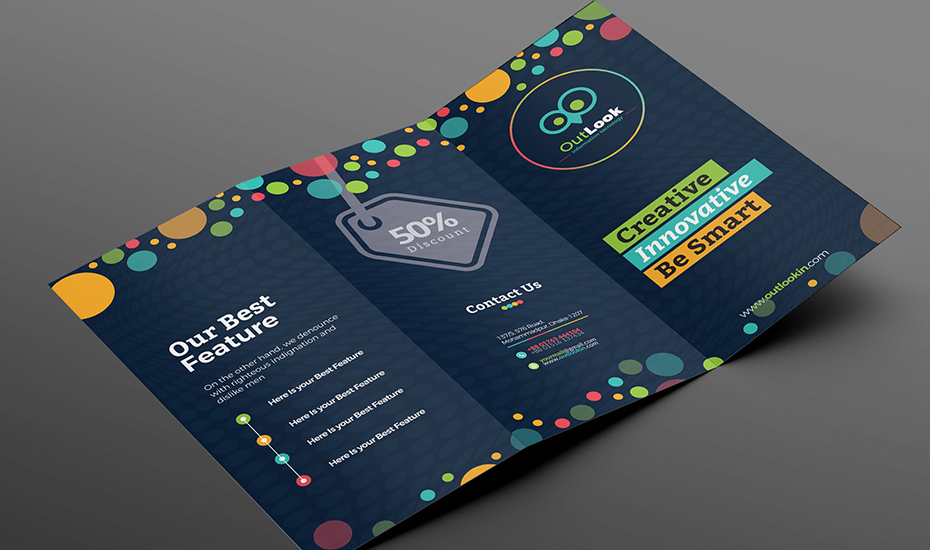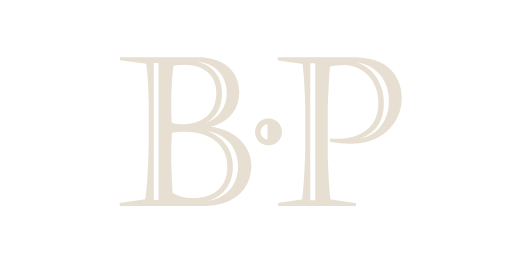
How A Good Wine Menu Design Can Increase Sales
February 28, 2022
How Urgent Cares Are Using Direct Mail To Attract Patients
March 30, 2022
How A Good Wine Menu Design Can Increase Sales
February 28, 2022
How Urgent Cares Are Using Direct Mail To Attract Patients
March 30, 2022
Brochures are an inexpensive and effective way to get your brand, event, or offer in front of a target audience. Brochures that contain “folds”, as opposed to flyers or posters that are flat with no folds at all, provide a dynamic 3D feature which adds depth and requires engagement. Customers must interact with your brochure to gain access to information. This opens up the possibility of deeper connections with them. As a result of this interactivity, your folded brochure is more likely to create a brand “stickiness” delivering a much stronger level of awareness, recall and conversion.
Because of the structure of the brochure, you may be even more creative with design. There are countless ways to make your brochure appealing and engaging. Brochures can be of any size, include a wide range of content, and serve a variety of functions. However, because they typically provide more extensive information about a product or brand than, say, a poster. They are frequently employed for consumers who are already interested in the subject. They provide a one-of-a-kind opportunity to provide further information to potential clients. Using eye-catching colors, strong language, and a unique design.
With so many options, it might be tough to know where to begin with your brochure design. How your brochure will be folded is an important print marketing design option to make. Your customers’ reactions to your goods will be influenced by how they open your brochure, read the language, and navigate the information. Or how your event might be seen. You’ll also need to modify your design to accommodate the specific brochure fold you choose. As a result, this is not a decision to be taken lightly.
Below you’ll find we’ve listed the different types of folds that can be used when creating a custom designed brochure.
Types of Brochure Folds and Their Applications
There are actually quite a few different brochure fold types that you can use when designing for your project. The best way to really know what may work best for you, your business and project is to first know what types of folds are available for brochures. This will give you the creative foundation to concept something that works well.
Half Fold Brochure – This is in many cases also known as a bi-fold brochure and is created by folding a single sheet of paper in half. The brochure is divided into two sections as a result of this. The usual half-fold brochure size is 8.5″ x 11″. This fold is great for presenting a simple product, such as one or two product features.
Tri-fold Brochure – This fold takes a single sheet of paper that is then divided into three sections. The right panel folds beneath the left. The tri-fold brochure has a typical size of 8.5″ x 11″. The trifold, as the most frequent fold, is ideal for a variety of applications. It strikes the ideal balance between design and substance.
Z-Fold Brochure – This fold is also divided into three sections, but is just a little different. Its name comes from the distinctive Z-shape that folds each panel on top of the other. The usual brochure size for the Z-Fold is 8.5″ x 11″. The Z-fold works well for typical product presentations as well.
Gate Fold Brochure – This fold divides the paper into three uneven panels, each measuring one-half the width of the middle panel. The side panels fold like a gate, as the name suggests. The normal gate fold brochure size is 8.5″ x 11″. The gate fold is ideal for single-product presentations or graphic-heavy designs.
French Fold Brochure – This one is also known as the right angle fold and divides the brochure into four panels or sections. The paper is folded in half and then again perpendicular to the first fold. The normal French fold brochure size is 8.5″ x 14″. Graphic-heavy designs, maps, and sales and event invitations are excellent content selections for the French fold.
Accordion Fold Brochure – A very popular option is this fold that divides your brochure into four panels that, like an accordion, fold on top of one another. The accordion fold has a typical size of 8.5″ x 14″. Choose this fold if you want to provide your consumers with a step-by-step lesson.
Double Parallel Fold Brochure – This fold breaks up your paper in half to create two panels, then in half again to create two parallel folds that run in the same direction. The normal double parallel fold brochure size is 8.5″ x 14″. This fold works nicely as a reference document for your products and services that customers can use.
Parallel Map Fold Brochure – This is similar to the double parallel fold, but just a little different. For this the paper is folded in half, then in half again in opposite directions for each panel. The normal brochure size for the parallel map fold is 8.5″ x 14″. The parallel map fold is perfect for information-heavy content, particularly when detailing a large range of products and services.
Letter fold – One of the most popular folds is the letter fold. The brochure is divided into thirds by folding the left panel under the right panel. It is commonly used in business and to sell various items and services.
Roll Fold – This one is interesting as it features up to four or five creases, like the Accordion Fold, but folds in a “rolling” motion. The Roll Fold is typically used for handouts with a lot of content, such as step-by-step instructions or an instructional pamphlet.
Quarter Fold – This fold divides the printed piece into four equal squares. Because its use is primarily confined to invitations and tiny menus, its interior is normally kept blank.
While we’ve explained the different brochure fold types you’ll want to experiment with different designs within each fold type to find what works best for your business, brand identity, goal, volume of content and content type.
Contact Us Now for More Information
Phone: (707) 927-1315
